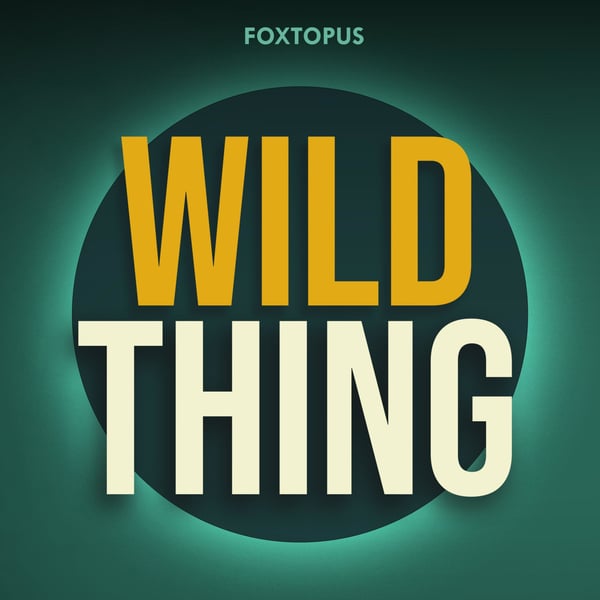S1 E5: A-C-G-T Spells B-G-F-T
Wild Thing
Foxtopus Ink
4.8 • 3.8K Ratings
🗓️ 6 November 2018
⏱️ 27 minutes
🧾️ Download transcript
Summary
Everywhere you go, you leave bits of yourself behind - and Bigfoot would no different. But now, those DNA droppings are easier than ever to analyze, making it possible to identify a species, even without a body. We’ll talk to Dr. Todd Disotell, a molecular primatologist at New York University and a regular on Spike TV’s $10 Million Bigfoot Bounty, about the magic of DNA analysis and what it might mean for Bigfoot.
*Become a premium subscriber to Wild Thing! Premium subscribers get each new episode early, and exclusive access to all bonus episodes, not to mention the warm fuzzy feeling that comes from supporting the show. Go to https://wildthing.supportingcast.fm/ to find out more!
*Season 1 of Wild Thing is produced by Laura Krantz, Scott Carney, and Kelsey Ray. Editing by Alisa Barba. Music and mixing by Ramtin Arablouei.
Transcript
Click on a timestamp to play from that location
| 0:00.0 | It's 2008. You're a paleontologist deep in some cave in Siberia. You're looking for clues |
| 0:12.4 | that Neanderthals had once lived there, pain stakingly combing through dirt and rock, and |
| 0:18.3 | you find one tiny single solitary bingerbone. On its own, it's kind of nondescript and interesting |
| 0:26.6 | find, but it doesn't jump out as ground breaking. You send it off to get analyzed and then, well, |
| 0:35.6 | everything changes. Turns out you just made the discovery of a lifetime because that tiny nondescript |
| 0:42.4 | fingerbone actually belonged to a previously unknown ancient human relative known as Denisobens. |
| 0:49.2 | Forty years ago, that fossil would have just been another bone, in a collection of bones, in a |
| 0:56.9 | drawer full of bones. But with the magic of DNA analysis, that same fossil uncovered a long lost |
| 1:03.3 | cousin, one whose genes we still carry today. And that's just the beginning of the DNA revolution. |
| 1:09.8 | Scientists have developed seriously powerful tools and they keep getting better. So good, in fact, |
| 1:15.9 | that now you don't even need any bones, just a few skin cells will do. Like maybe out of an |
| 1:21.7 | abandoned nest. This technology could be the key, the thing that provides us with the physical |
| 1:27.8 | big-foot evidence we've been lacking. I'm Laura Kranz and this is Wild Thing, a series about |
| 1:38.7 | Sasquatch, Science, and Society, the search for big-foot and why we want so badly for it to be real. |
| 1:46.0 | Before the 1980s, scientists could extract DNA from cells by using chemicals. But it came out in |
| 2:04.9 | fragments and they couldn't easily put it back together. It was all mixed up. It was out of sequence. |
| 2:11.5 | Sequencing is taking the four basic units of DNA, the A's, C's, T's, and G's, and putting them in |
| 2:18.6 | order. Figuring out that order was a process that once took years, it can now be done in an afternoon. |
| 2:26.0 | So DNA analysis was something my cousin Grover knew about, but he didn't have access to it. |
| 2:31.0 | And I don't think he could have imagined what it would become. |
| 2:33.9 | But very recently, there's some new techniques where I'm assured that they can extract the DNA of the |
| 2:43.1 | animal that left the piece. And distinguish it from the DNA of anything that was eaten. How they do |
... |
Please login to see the full transcript.
Disclaimer: The podcast and artwork embedded on this page are from Foxtopus Ink, and are the property of its owner and not affiliated with or endorsed by Tapesearch.
Generated transcripts are the property of Foxtopus Ink and are distributed freely under the Fair Use doctrine. Transcripts generated by Tapesearch are not guaranteed to be accurate.
Copyright © Tapesearch 2025.

